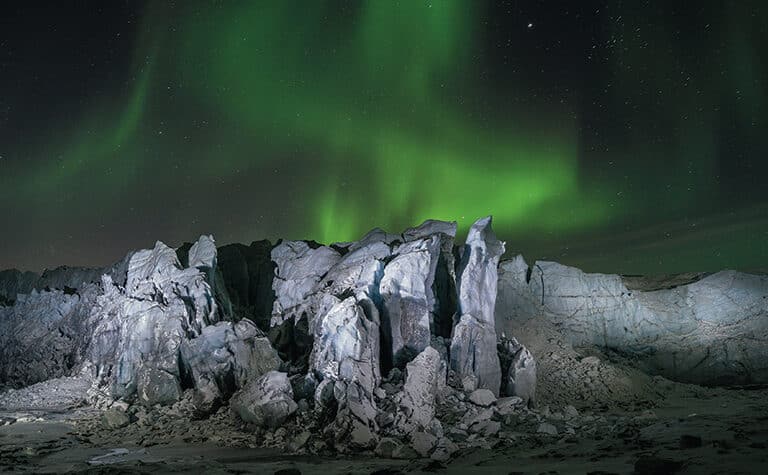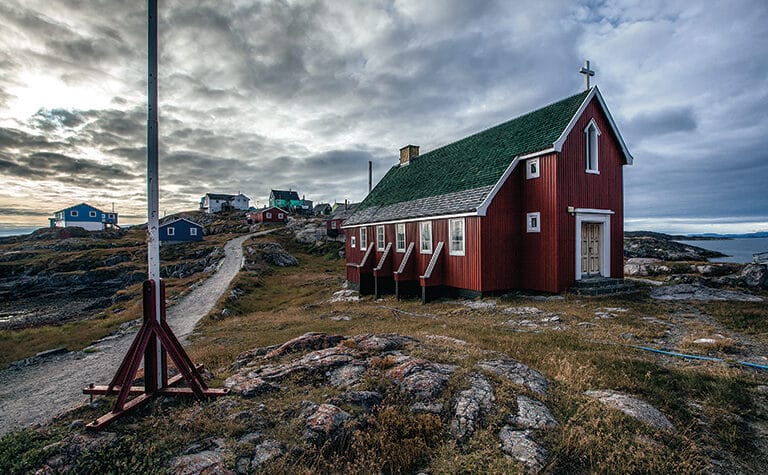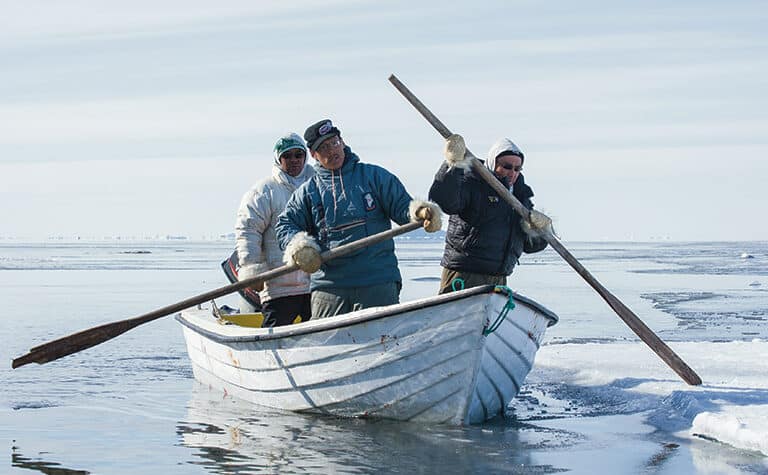
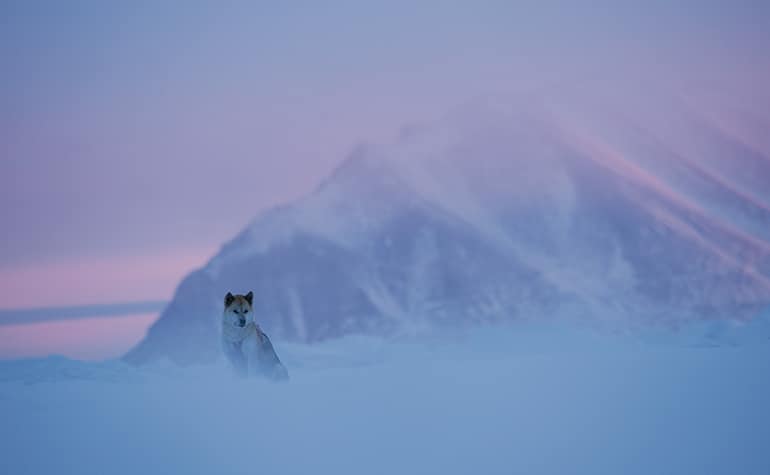
Two sledding cultures meet
Published: 20/04/2017
Reading time: 6 minutes
Text: Mads Nordlund
Photos: Morten Hilmer
Article from the former magazine, Greenland Today
Dog sledding with the Sirius Patrol and with Greenlandic hunters.
Siorapaluk is the northernmost inhabited settlement in Greenland, located roughly 50 km northwest of Qaanaaq at 77 degrees northern latitude. There are less than 50 inhabitants in the settlement, but it has a small school, shop, clinic, heating plant, and power station.
The settlement has a helicopter service all year round. When the sea freezes, it is also possible to get to and from Siorapaluk by dog sled or snowmobile from Qaanaaq and when the ice disappears again you can sail from July to September. On these latitudes, it is dark on average for three months in the year, when the sun does not rise. On the other hand, there is a midnight sun for about four months in the summer when the sun never goes down.
Like other Greenlandic settlements, Siorapaluk was located here because of the good hunting in the area, particularly for seals, walrus, Arctic foxes, Arctic hares, and little auks. The fishing is also good.

Fishermen and hunters
The weather is paramount for what Greenlandic hunters can do. In winter, Greenland halibut is fished from a hole in the ice one day and the next day may be spent hunting seals. Here, hunting is not about a trophy for the wall or about enjoying a good day out with the boys. Here, fishing and hunting are for putting food on the table and the animal’s skin is still used for clothing and kamikker. The parts that are not eaten are used to feed the dogs. Thus all parts of the animals are used to provide for the hunter, his family, and his dogs.
Since a hunter is often out alone with his dogs, the hunter and his dogs form a team that works together at the various hunting tasks. At one of the seal’s breathing holes in the ice, the hunter could e.g. whistle a certain signal and all the dogs would stop immediately, even the pups and those running loose at the side of the sled. The hunter leaves the dogs which remain still while he hunts. After the hunt, he can whistle the dogs to come, so they pull the sled to where he is by the breathing hole. It takes skilled dogs and a good trainer to achieve this unique level of cooperation between a man and his dogs.
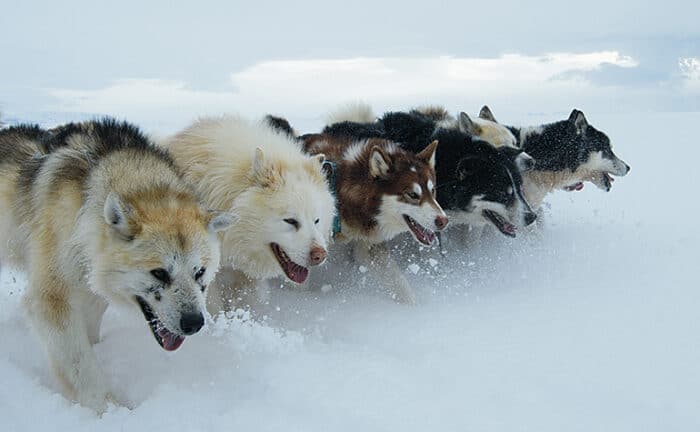
Conscripts with Sirius
The Sirius patrol is a military unit under the Arctic Command which coordinates the year’s sled patrols and so determines which areas are covered. All sled teams send reports of their positions on a daily basis.
It means two years away from home if you do your military service with Sirius. It requires a robust mentality and a degree of dexterity. The first year, you ride with someone driving for their second year and so the experience is passed on from year to year.
The Sirius Patrol patrols Greenland’s National Park, mainly covering Northeast Greenland, and does not usually reach the west coast or along it. The Sirius Patrol men wanted to extend their knowledge of Northwest Greenland so they drove with Greenlandic hunters to learn from their experience about the region and to see how they used dog sleds.
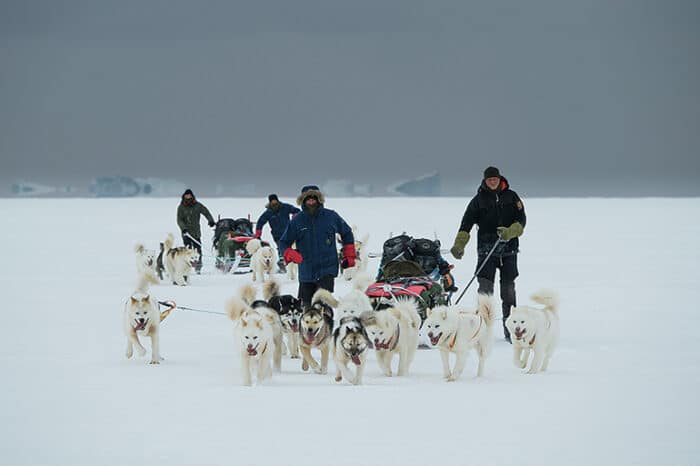
Different purposes
In April, four men and two dog teams from the Sirius Patrol arrived in Siorapaluk. Their purpose was to find unknown territory for the dog sled patrol and learn from the hunters’ vast knowledge of the area. Together with two hunters and their two dog sleds, they drove from Siorapaluk to Qaanaaq and from there on to Dundas.
The trip from Siorapaluk to Qaanaaq took two days by dog sled. They spent two nights here before moving on, driving from Qaanaaq to Dundas in four days.
On the way, it became clear that there were two different dog sled cultures. The Greenlandic hunters usually drove longer days, normally being away from home for between one and ten days. This means that a hunter typically drives on an empty sled on the outward journey and is able to run the dogs tired since they get plenty of rest afterward. Furthermore, a Greenlandic sled weighs less than half of a Sirius sled.
The Sirius patrol sleds are heavily packed with gear for several months and the men run on skis beside the sleds instead of sitting on them. The Greenlandic hunters sit on their sleds 95% of the time when they drive.

In general, the sleds are used for two very different purposes. A hunter drives from home to a fishing spot or hunting ground, fishes or hunts, and then drives home again.
The Sirius patrols sometimes need to drive for four months, traveling about six hours a day or approximately 30 kilometers on average, to ensure the dogs can recover. They take one or two breaks during the day.
The Greenlandic hunters drive for up to 13 hours but with many short stops for biscuits and tea. They may also stop to shoot a ptarmigan or seal, since they are, in principle, constantly hunting.
The Sirius people have very regular routines, from when they rise in the morning and ready the dogs for driving, to the evening when they carry out the routine military tasks. Their food is carefully measured into portions with calculated amounts of protein, etc.
During the day, the hunters crisscross the terrain more, looking for musk oxen and reindeer and they often leave the trail to look for a place with prey. On seal hunts, you drive from breathing hole to breathing hole, checking out the terrain, stopping at an iceberg frozen in the ice, and climbing up it to look out over the terrain with binoculars.
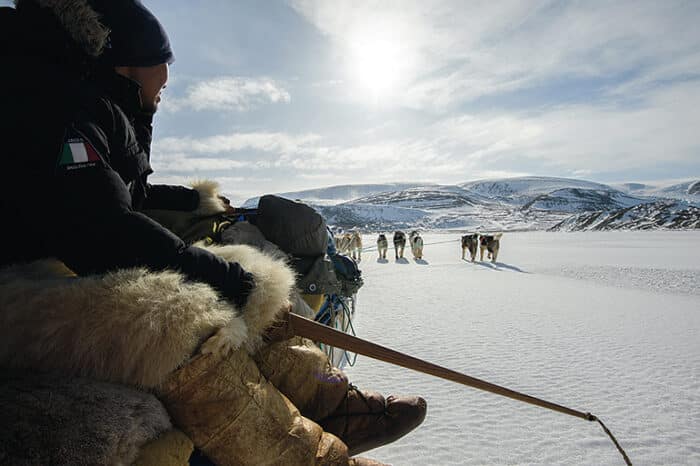
This is why the trip with the hunters seemed to be more interesting for the two Sirius men, who were used to driving on patrol, which is far more monotonous.
The hunters’ tents, sleeping bags, and equipment are older models, since they are not away for months at a time, instead driving on the whims of nature, where tomorrow always depends on the weather.
They had a little butter and a loaf of white bread, some crackers and coffee in a bag and this was all they brought, since they bring supplies according to what they expect to catch, supplemented with a little frozen meat. Walrus was therefore on the breakfast menu for a few days, since it was already caught in Siorarpaluk on the way.
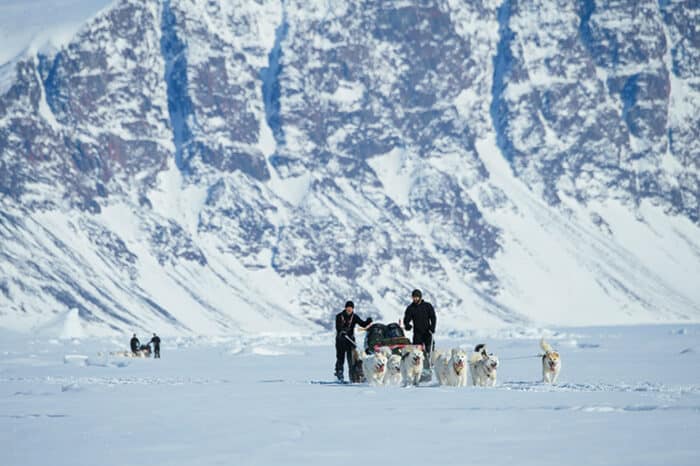
Both parties had the same routines with tending to the dogs and feeding them in the evening, but otherwise, it was obvious that the two Sirius men were in Greenland for two years to carry out a job, while the Greenlandic hunters had been driving dogsleds all their lives and make their living at it.
Read more articles from Guide to Greenland
-
5.00(1)
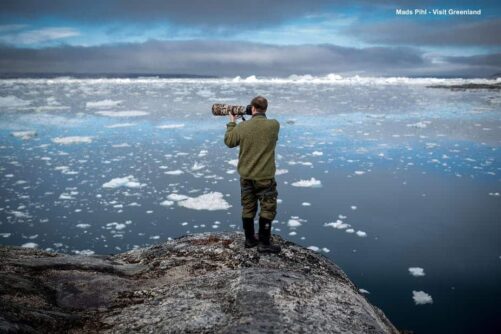
East Greenland Photo Exploration | Tasiilaq
Tour startsKulusukDuration5 daysFrom 15000 DKKSee more -
4.00(2)

Glacier Walk & Ice Cave Tour | East Greenland
Tour startsKulusuk TasiilaqDuration4.5 hoursFrom 2950 DKKSee more -
Luxury Multi-Day Tour
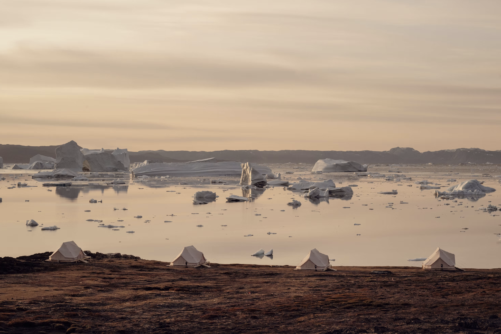
7-Day Exclusive Luxury Escape: A Premier Greenland Adventure | West Greenland
Tour startsNuukDuration7 daysFrom 78350 DKKSee more -
New Tour!
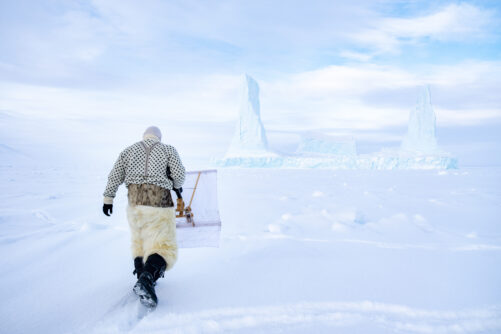
8 Days on the Hunters’ Track – Dog Sledding, Glaciers & Inuit Culture | East Greenland
Tour startsKulusukDuration8 daysFrom 23300 DKKSee more -
New Exiting Tour

Guided tour in Nuuk with UTV (Utility Terrain Vehicles) | Nuuk
Tour startsNuukDuration1.5 hoursFrom 975 DKKSee more -

Boat tour to Ikerasak settlement | Uummannaq | North Greenland
Tour startsUummannaqDuration3 hoursFrom 2000 DKKSee more -
4.67(3)
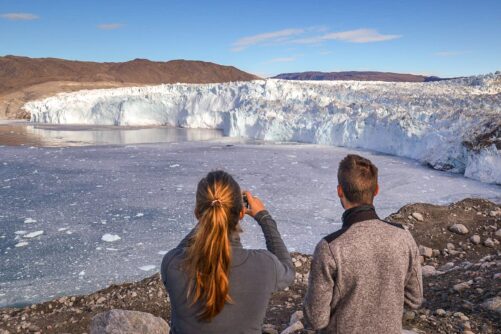
The Great Ice Adventure | 12 Days | Disko Bay & West Greenland
Tour startsFrom CopenhagenDuration12 daysFrom 38400 DKKSee more -
1 to 6 Passengers Included

Captains Favorite Strait Cruise Sullorsuaq | Private tour | Ilulissat | Disko Bay
Tour startsIlulissatDuration8 hoursFrom 18300 DKKSee more -
Price for 4 people!

Glacier Landing by Helicopter | Qaqortoq | South Greenland
Tour startsQaqortoqDuration1.5 hoursFrom 22100 DKKSee more -

5-Days Above The Arctic Circle | Sisimiut | West Greenland
Tour startsSisimiutDuration5 daysFrom 9461 DKKSee more -
2 departures!

Spring Tour of West Greenland | 8 days | Visiting Ilulissat, Nuuk & Sisimiut
Tour startsFrom CopenhagenDuration8 daysFrom 31200 DKKSee more -
Including flights from Denmark!
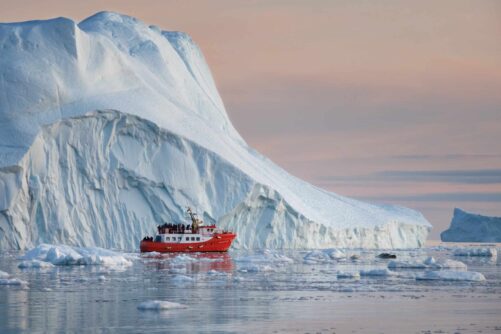
8 Days of Spring In The Arctic | West Greenland & Disko Bay
Tour startsFrom CopenhagenDuration8 daysFrom 24990 DKKSee more -
2026 Departures!

8-day Iceberg Horse Riding Tour | South Greenland
Tour startsNarsarsuaqDuration8 daysFrom 26000 DKKSee more -
5.00(1)

Boat Transfer between Kulusuk and Tasiilaq | East Greenland
Tour startsKulusuk TasiilaqDuration1 hourFrom 2000 DKKSee more -

Best of winter in Greenland | 5 Days in Sisimiut, West Greenland
Tour startsSisimiutDuration5 daysFrom 9300 DKKSee more -
5.00(2)

Photo tour | Nuuk
Tour startsNuukDuration2 hoursFrom 1295 DKKSee more -
4.80(10)

Open boat Midnight Cruise To Ilulissat Icefjord | Ilulissat | Disko Bay
Tour startsIlulissatDuration2 hoursFrom 790 DKKSee more -
5.00(3)

Ghost Village Boat Cruise | Sisimiut | West Greenland
Tour startsSisimiutDuration3 hoursFrom 1040 DKKSee more -

Follow an Inuit Hunter under the Midnight Sun | Qaanaaq
Tour startsQaanaaqDuration8 daysFrom 28000 DKKSee more

